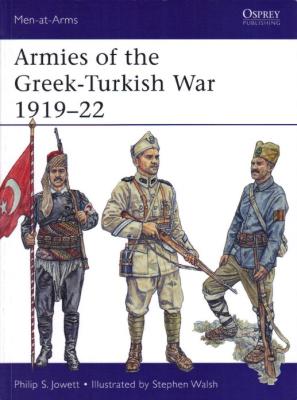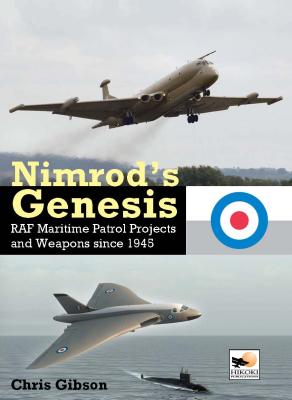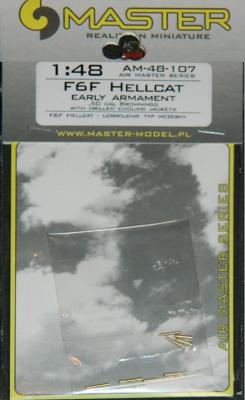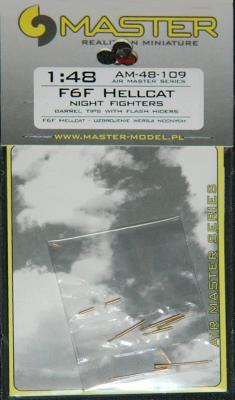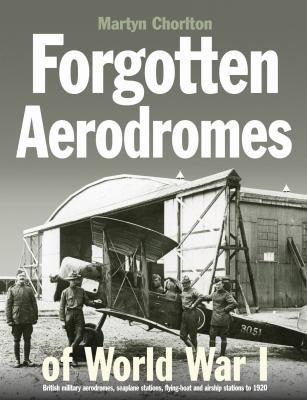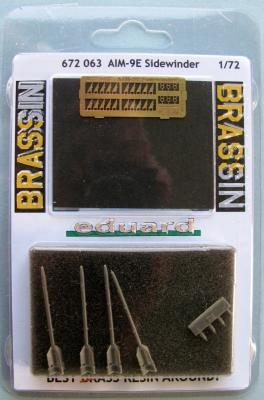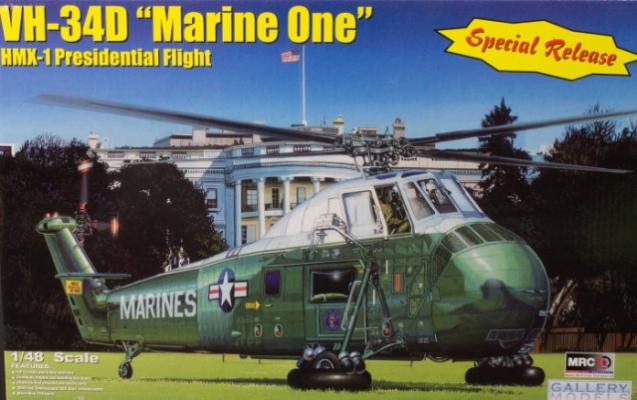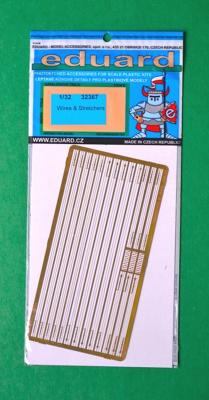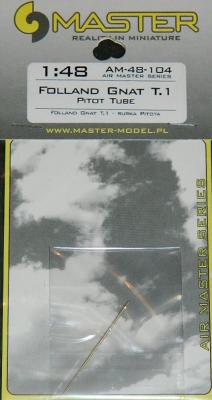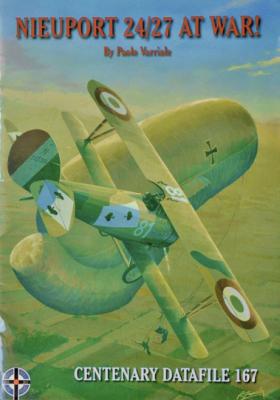Osprey Publishing’s latest Men-at-Arms monograph focuses on the fighting men, weapons and equipment used during the war between the Greeks and Turks, in the aftermath of World War I. This from the website: "This is a comprehensive guide to the armies that fought a devastating and decisive conflict in the Eastern Mediterranean between the two World Wars of the 20th century. From the initial Greek invasion, designed to "liberate" the 100,000 ethnic Greeks that lived in Western Turkey and had done for centuries, to Mustafa Kemal Atatürk's incredibly efficient formation of a national government and a regular army, this was a war that shaped the geopolitical landscape of the Mediterranean to this day. It gave birth to the modern Turkish state, displacing millions and creating bitter memories of atrocities committed by both sides.
What's New
Chris Gibson’s latest book on British aviation projects examines the post-war genesis of the RAF's maritime patrol aircraft. Starting with the British affection for its flying boats of 1945, Chris Gibson chronicles the switchback path that led to the Shackleton and ultimately the Nimrod. As a bonus for underwater target fans, Chris Gibson provides intrepid commentary on the aerial systems developed to counter the threat from Soviet submarines.
To seek and destroy Soviet submarines, Shackletons and Nimrods carried many advanced weapons and sensors, but also played a role in saving lives at sea. Then, after forty years' service, the Nimrods were withdrawn without replacement after one of the most expensive procurement disasters.
Following in the path of Chris Gibson’s previous books, this tome presents hundreds of illustrations, photographs, and artwork. Chris must have really enjoyed the research as there are many projects depicted I was previously unaware of.
Thanks to Piotr at Master-models for providing these metal gun barrels to improve our Hellcats, and thanks to our IPMS leaders for sending these my way!
The Eduard Hellcats have been around for a while now, and are great kits in their own right. Master details provide six astoundingly detailed 1/48 gun barrels to replace the kit plastic parts… read on!
Side-by-side comparison, Master Model’s gun barrels provide improvement on the kit items by providing depth and three-dimensional appearance over the kit parts. The kit guns are sufficient, but these bring the kit up that little bit…
Thanks to Piotr at Master-models for providing these fantastic metal flash hiders to improve our Nocturnal Hellcats, and thanks to our IPMS leaders for sending these my way!
The Eduard Hellcats are still the best out there in my opinion, and Master details provide late-model covered .50 caliber gun barrel tips with flash hiders, which directly replace the kit plastic parts…
As you can see on the “before” picture, the kit-provided gun barrels are a bit lacking in the flash-hider department. Adequate but not quite there…
The growing interest in World War I aircraft among model builders and aviation history buffs has fostered an increase in the variety of publications offering information about the subject. Among them is a well-researched hard cover book recently published by Crecy Publishing (and distributed in the US by Specialty Press) about the military airfields that populated the British landscape during and after WWI. The Brits referred to these facilities as Aerodromes, and they were numerous. In FORGOTTEN AERODROMES OF WORLD WAR I, author Martyn Chorlton documents a total of 502 RFC and RNAS sites by country and county. Many began as nothing more than a grassy field with a simple structure or two. Most have been lost to other uses in the nearly 100 years since they were constructed, but some still serve. Remnants of others can be found, but many of their names are etched in history.
Developed as a Sidewinder for the U.S. Air Force, the AIM-9E was based on the U.S. Navy AIM-9B, but with some enhancements, based on early combat challenges of the B- model. The cooling for the detector used Peltier thermoelectric cooling, and the forward canards were changed. Ford produced 5000 of the missiles from re-purposed AIM-9B missiles. The AIM-9E measured 9 feet, 10 inches long, 22 inches across the rear fins, had a diameter of 5 inches, and weighed in at 164 pounds. The AIM-9E is credited with aerial victories over six MiG-21 aircraft during the Vietnam War being launched from F-4D and E Phantom II’s of the US Air force.
I've had a hankering to build an H-34 Choctaw for some time now. When the Gallery Models kit was released, I debated which version to build, but I've always had an eye for that distinctive Marine Green under White scheme on the VH-34 variant. When Dave offered up the 1/48 VH-34D Marine One kit, I jumped at it.
With the ever growing number of 1/32 scale rigged aircraft kits on the market, Eduard now offers a generic photo-etched set of 1/32 scale flying wires and stretchers (AKA Turnbuckles). Metal flying wires are a logical and much desired aftermarket detail set for model builders wishing to accurately replicate the metal wires used on most Allied aircraft built after 1915/16. Unlike the majority of other p/e sets cataloged by Eduard, a specific aircraft type (or kit) is not specified. Instead, the fret includes 33 anchoring rings, wires of differing lengths with a stretcher near one end and others including stretchers with tabs that may be used as attachment points to fit a variety of aircraft (see the photo of the fret below). Model builders will need to determine if this set fits their needs. I say ‘fits’ because the wires themselves are provided in only two lengths…2 1/14” and 5 1/8”.
Thanks to Piotr at Master models for providing one more great pitot tube to improve our models, and thanks to IPMS Reviewer Corps leaders for sending this my way!
This pitot tube/air probe is a simple upgrade to Airfix’ most recent 1/48 Jet model, the Folland Gnat T1. Previously reviewed as a build kit, I figured it would only be a matter of time before Master released this for the Gnat…
On side-by-side comparison, it is evident Master Model’s pitot is an improvement on the kit item. Finesse, is, as usual, the key word to describe what Master model products provide over kit injection molded pitot tubes. There is just no way plastic, (or frankly resin replacements), can compete with metal. Cleanup of the plastic version’s injection port is “dicy” at best, particularly on the side of the tube… I rarely have success with this, so I have, in the past, opted for needles. Not optimal, but acceptable.
By 1916, the little Nieuport 11, also known to the French Militaire by its initials BB (which the French pronounced bébé), had succeeded in putting an end to the Fokker Scourge and therefore gaining the respect of ally and foe alike. A higher horsepower version, known as the Nieuport 17 followed and built on that legacy, becoming the preferred mount for many of the Allies’ first generation Aces. But subsequent efforts to continually improve upon Nieuport’s basic Vee-strutter design fell short of expectations with the introduction of the 24, 24bis and later the 27. Failing to match the performance of a new generation of fighters, these Nieuport designs generated little enthusiasm among French pilots who instead looked forward to flying the much-desired new SPAD. Unfortunately, SPAD production could not match demand and there was a war to fight so the new Nieuport fighters began arriving at the front in early 1917.

